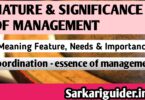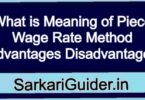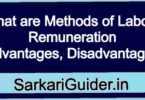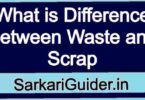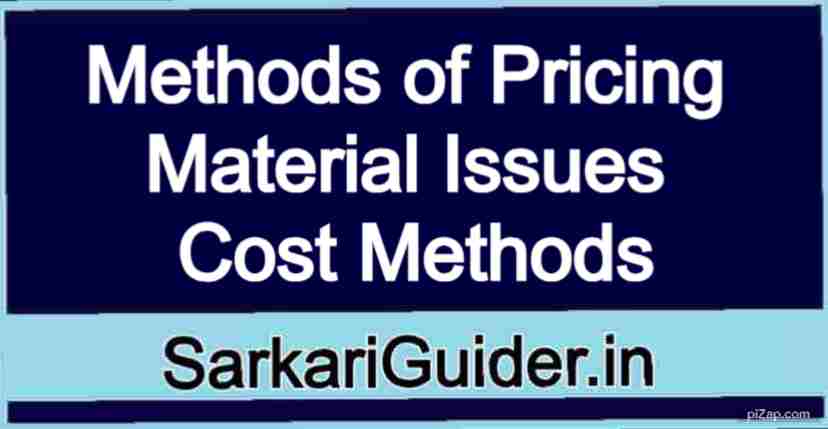
Different Methods of Pricing Material Issues
There are several methods of pricing issues of materials. The various methods of pricing issues materials may be grouped under three broad categories. They are-
1. Actual cost methods.
2. Average cost methods.
3. Notional price methods.
1. Actual Cost Methods
Actual cost methods refer to all those methods where materials issued to production are cede or valued at their actual costs The important actual cost methods are:
I. Specific Cost Method.
II. First-in-First out Methods/FIFO Method
III. Lat-m-First out Methods/LIFO Method.
IV. Highest-in-First out Methods/HIFO Method.
V. Next-in-First out Methods/NIFO Method.
VI. Base Stock Method.
2. Average Cost Methods
Average cost methods comprise all those methods where either the average unit prices or the weighted average prices are used for the pricing of issues. The important average cost methods are:
I. Simple Average Price Method
II. Periodic Simple Average Price Method.
III. Moving Simple Average Price Method.
IV. Weighted Average Price Method.
V. Periodic Weighted Average Price Method.
VI. Moving Weighted Average Price Method.
3. Notional Price Methods
Notional price methods refer to all those methods where notional or imaginary prices are used for pricing issue. They are:
I. Standard Price Method.
II. Market Price Method of Replacement Price Method.
III. Inflated Price Method.
Specific Cost Methods
This method of pricing material issues is adopted where special type of material are bought for the execution of a job or a contract The materials to be issued to jobs are identified with the invoices prices and if any handling and inspection costs are incurred such expenses are also included to constitute issue prices.
The materials which are thus priced is commonly known as special materials as they specifically purchased at the instance of customers, Thus under this method, the production is charged with the actual cost of materials The inventory is also similarly valued at the actual cost.
Advantages of Specific Cost Methods
Following are the main advantages of this method:
1. No calculations are involved for calculating issue prices of the cost of materials as in the case of other methods.
2. The production is charged with actual cost and therefore, production is neither undercharged nor overcharged.
3. The closing stock of materials are also valued at actual cost and, therefore, we do not come across any unrealized profit or loss.
Disadvantages of Specific Cost Methods
The main disadvantages of this method are:
1. This method is not suitable in case of continuous manufacturing industries involving repetitive and frequent Marchese of materials.
2. As each job differ from other jobs a separate register is to be maintained for the issue of materials which involves more of clerical work.
3. If materials purchased are too frequent it becomes difficult to maintain their identity Similarly, if issues are too frequent it becomes difficult to relate the materials to each and every job.
4. As this method depends on invoices non-receipt of an invoice will obstruct the issue procedure.
Suitability
This method suitable only for job industries which carry out individual jobs against specific orders.
इसे भी पढ़े…
- Definition of Primary Distribution of Overheads
- What is Re-Apportionment of Service Departments Overheads
- Process of Classification of Overheads | Basis of Overhead Classification
- What is Overheads | Bases For Allocation of Expenses to Departments
- What is Meaning of Incentive Wage Method | Methods of Wage Payment
- Meaning of Collection Allocation | Apportionment of Overhead Expenses
- What is Primary Distribution of Overheads
- What is Meaning of Overhead | Classification of Overhead
- Process of Classification of Overheads | Basis of Overhead Classification
- Advantages of Fixed and Variable Overheads | Difference Between Fixed & Variable Overheads
- What is Absorption of Selling and Distribution Overheads
- What is Money, Definition, Functions and various kinds of Money
- What is Apportionment of Overheads, Principles, Difference

